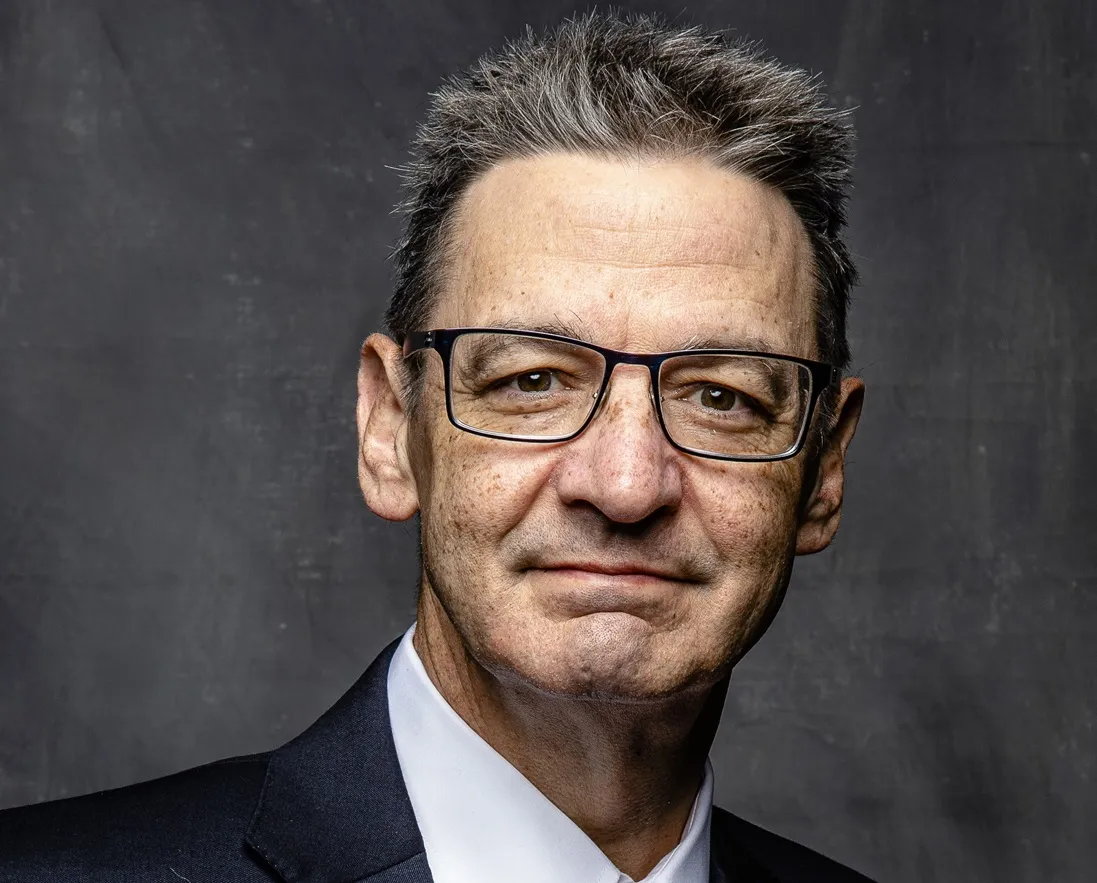
Magda Kopczynska has begun her role as director general at the European Commissioner's Directorate-General Mobility and Transport (DG Move).
She replaces Henrik Hololei, who left the post in March.
While Kopczynska was deputy director general at the Directorate-General Agriculture and Rural Development (DG Agri) since January this year, she is a DG Move veteran, having held a variety of positions there between 2009 and December 2022.
Of particular relevance to the ITS sector are her stints as director for innovative and sustainable transport and head of unit for clean transport and sustainable urban mobility.
DG Move is tasked with developing transport and mobility policies for the European Union, making transport sustainable, safe, affordable and accessible to all.










